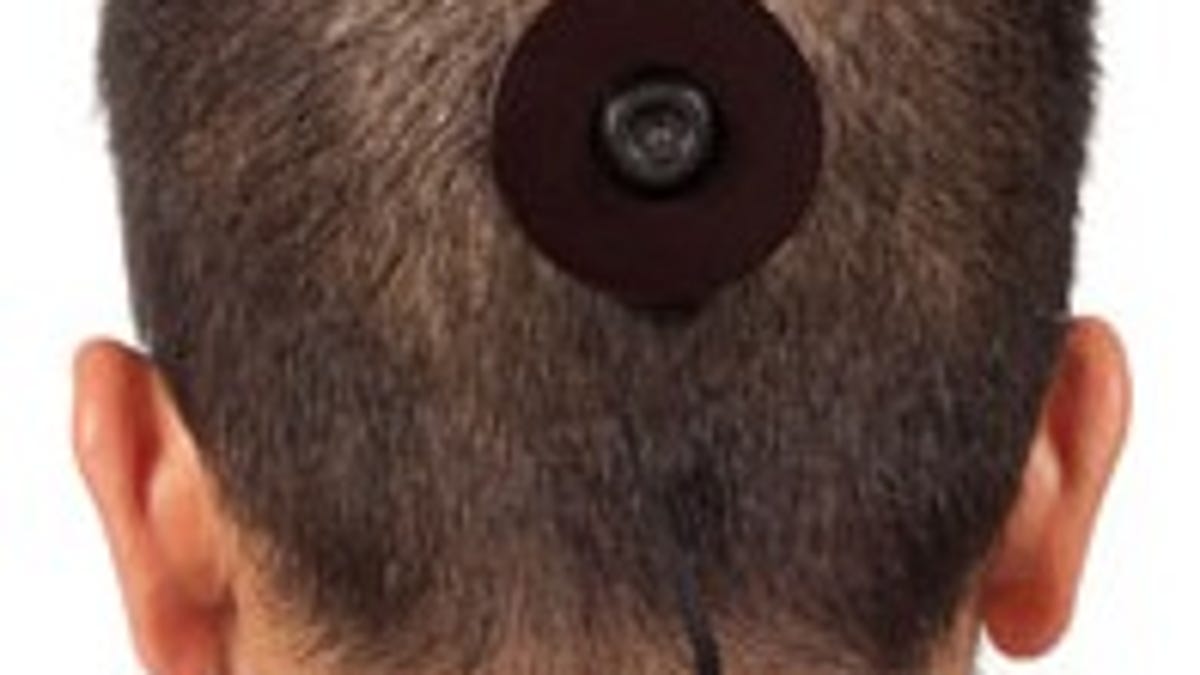Shoot! Camera excised from back of prof's head
Digicam implanted in arts professor's skull had been taking shots for public consumption, but, not surprisingly, the setup caused him pain.

Professor Wafaa Bilal hasn't been feeling so well lately. And it's no wonder. His body hasn't been entirely accommodating of the camera he had implanted in the back of his head to take photos of what's going on behind his back.
So, for now at least, he's had part of it surgically removed.
That might be a relief to those who found themselves walking behind the NYU arts professor/cyborg and staring disconcerted at a strange round contraption jutting out from his skull.
Bilal had the shooter installed last year as part of a project called "3rd I." For the past couple of months, it has spontaneously captured images at a rate of one per minute, wirelessly transmitting them via laptop to a Web site for public viewing, as well as to monitors in an installation at Mathaf: Arab Museum of Modern Art in Qatar.
But according to the Chronicle of Higher Education, Bilal's body rejected part of the camera's apparatus, one of three posts between his skin and skull that held the digital camera in place.
Antibiotics and steroids didn't ease the discomfort, the Chronicle reported, so last week Bilal had to resort to surgery to remove part of the system that had been put in place by a Los Angeles body modification artist.
He does not, however, view the lens-ectomy as the end of the 3rd I project, which he describes as an attempt to objectively (without the direction of hands and eyes) document his life. Once his wound heals, he may try implanting a different, more skull-friendly cam, but for now, he'll just tie the camera to the back of his neck.
The 3rd I headcam, the Iraqi-born professor says in an artist's statement, "arises from a need to objectively capture my past as it slips behind me from a non-confrontational point of view." He says he is left with only ephemeral memories of his journey from Iraq to Saudi Arabia, Kuwait, and the U.S., and wishes he could have better recorded his experiences.
This isn't Bilal's first provocative fusion of technology and the arts, however. In 2007, he mounted a video installation called "Domestic Tension" that invited the public to log on to WafaaBilal.com to splatter the artist with paint using arrow icons to maneuver a remote-control paintgun. The Iraqi-born artist said he viewed the constant assaults as a metaphor for the danger and confinement his family and others face back home.

